“Let’s go around the room.”
“Tell the group your name and title, what you hope to get out of this class, and a fun fact.”
Fun Fact: I’m already not having fun.
- I’m unimpressed that the facilitator is using this tired technique.
- I’m bored, because I either know everyone in the room or don’t think I will need to know them after today.
- I’m distracted and not listening well, because I must come up with answers that are both interesting and haven’t been “taken” by anyone who speaks before I do.
- I’m wishing I’d had another cup of coffee, because when it’s my turn, I should pretend I’m happy to be doing this.
So why do facilitators do it?
- It gets people talking.
- It gives the facilitator information about the group – information that might be helpful as he tries to engage them during the session.
- It confirms that participants’ objectives match the agenda. If they don’t, the facilitator might be able to shift content to satisfy those expectations.
- It sparks relationships between participants.
These are great goals. This technique didn’t come out of nowhere; smart people have been using it for decades because it’s a simple way to kick-start engagement and get important information. But is there a way to avoid the participants’ collective sigh when you say those words?
Let’s find a better way.
Use social networking ahead of the session. The method depends on what you have to work with. If your organization has a communication portal, you could create a group and have everyone check in with their details before the session. If not, you could invite everyone to connect to the others on LinkedIn. Depending on the nature of the group and the context, you could create a group on Yammer or another social media platform – share information about yourself and ask participants to post the information you want before the session.
Do it in a chat. Is your session online? Or will your participants bring a device to the session? Have them connect to your online meeting and use the chat function. They will log in with their names. Then, ask questions and have everyone chat their answers. What do they hope to learn today? What is a problem they’d like to solve? What unexpected talent or experience do they have? If you’re in person, you could still use the chat function, and maybe make a game out of it. For example, “Guess which person in the room is Monica, who says she has a brown belt in karate!” Or, if they already know each other, have them chat “two truths and a lie;” the first one to chat back which one is the lie wins a small prize.
Use your old friend, the flipchart. Low-tech – or just old school? Have each person create a flipchart page, including all the information you want to collect. Or have them create personal and work timelines, showing major events in their lives. Display the pages around the room. Then go around and walk through flipchart aloud, asking participants questions to explore their answers. Bonus: participants might choose to get creative as they design their flipcharts.
Do a roll call. Put the burden on you, the facilitator. Do your homework on each participant ahead of time. Then, as you start the session, call out each person’s name and introduce them; they can fact-check you and offer more information to fill out your introduction.
Use “speed-dating.” Have participants rotate to one-on-one conversations with everyone else in the group, introducing themselves. Or pair them up and give them a mission to find something in common. Afterward, ask the group what they learned about each other that was interesting, helpful or surprising.
Pick a prop. Arrive with a collection of small objects – toys or trinkets. Ask each participant to choose an object and take turns telling one story about themselves that somehow involves their object.
I know what I’m suggesting is harder on you, the facilitator. These alternatives take more thought, more planning and – in some cases – more time. But you want them to like you, right? And you want them to like the work you’re doing together. You want them smiling and relaxed and engaged with each other, start to finish. Kicking off your session in an unexpected way might just pay off – by making your participants more engaged with each other and with you, their facilitator.



